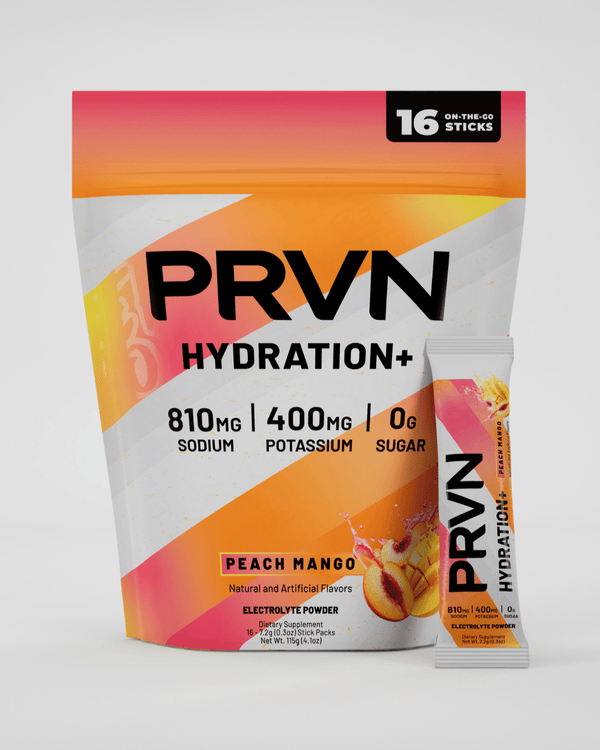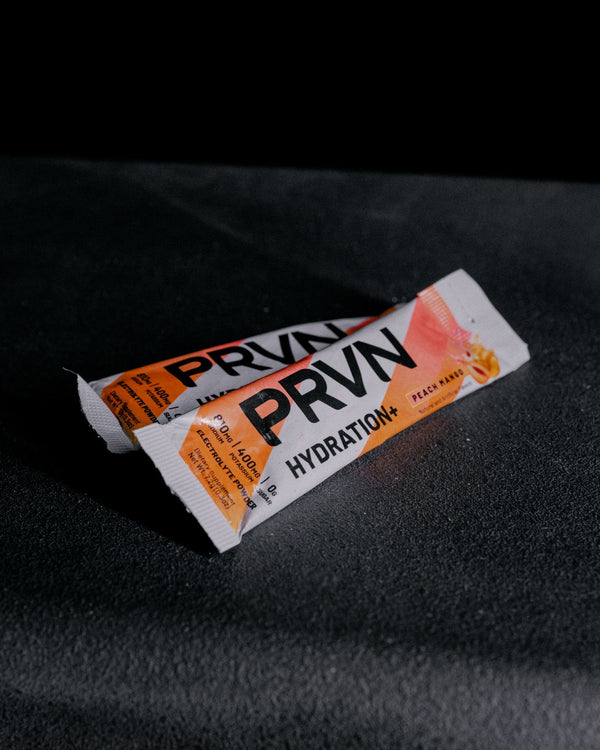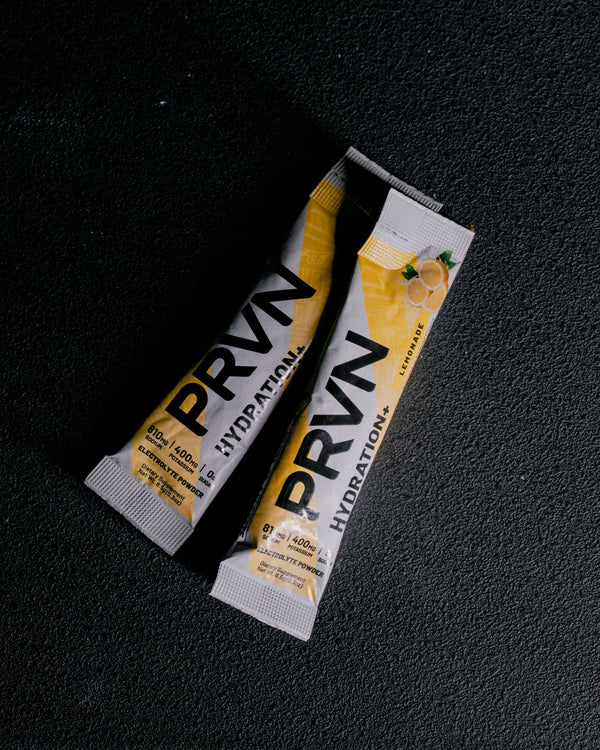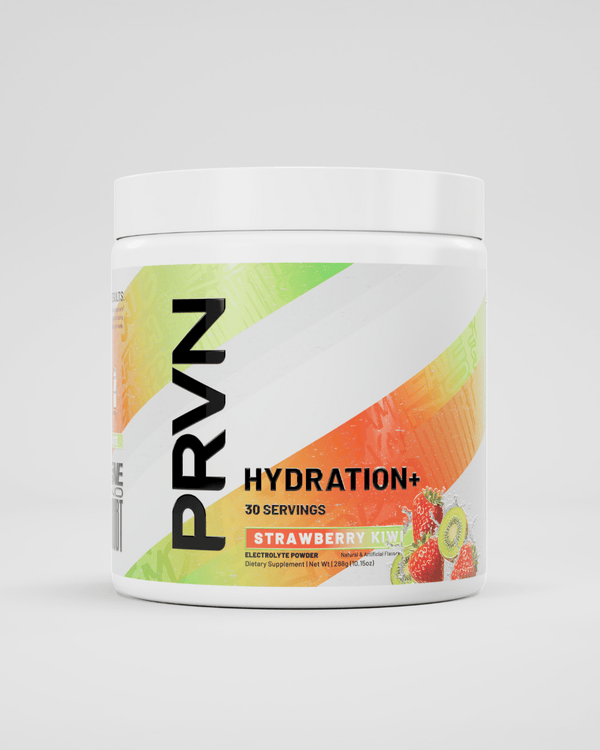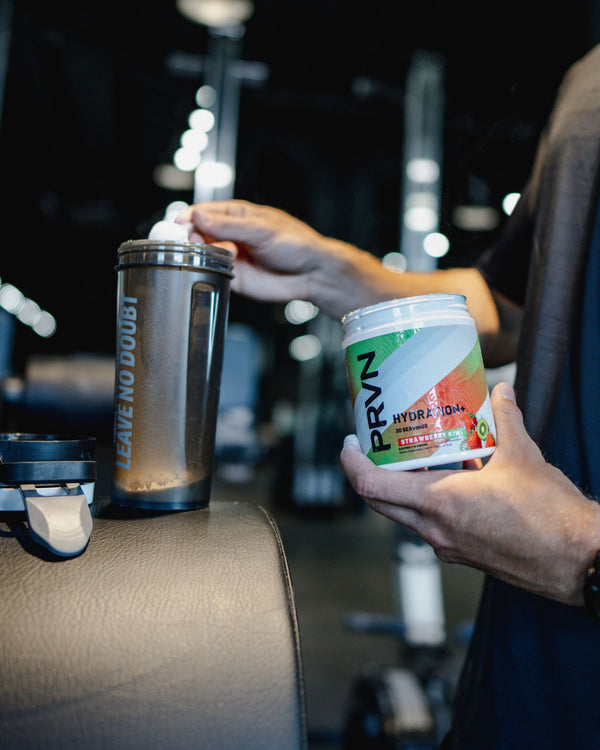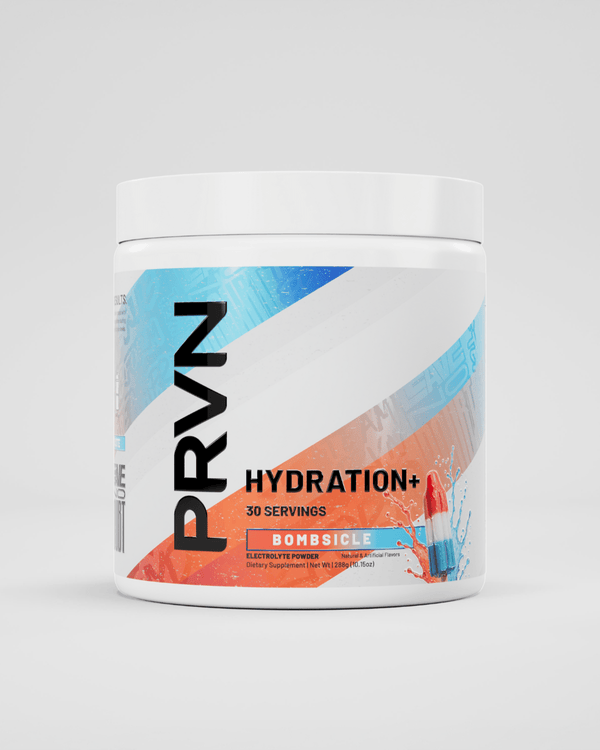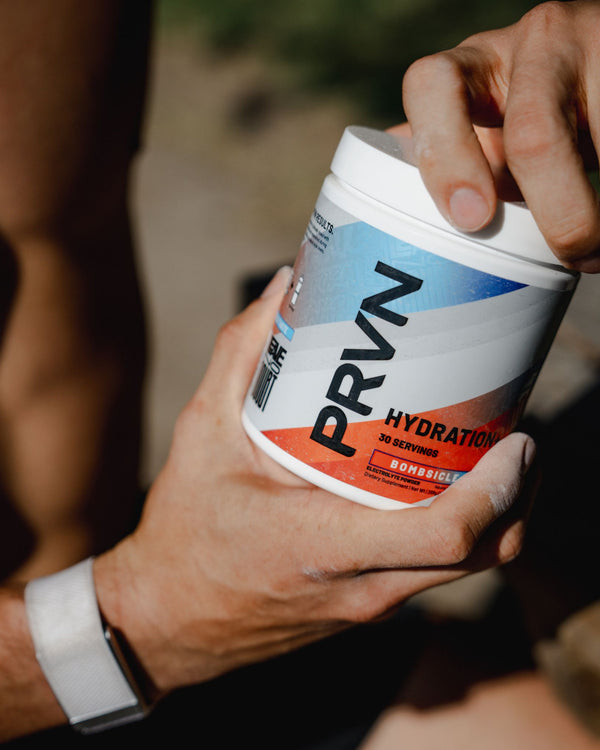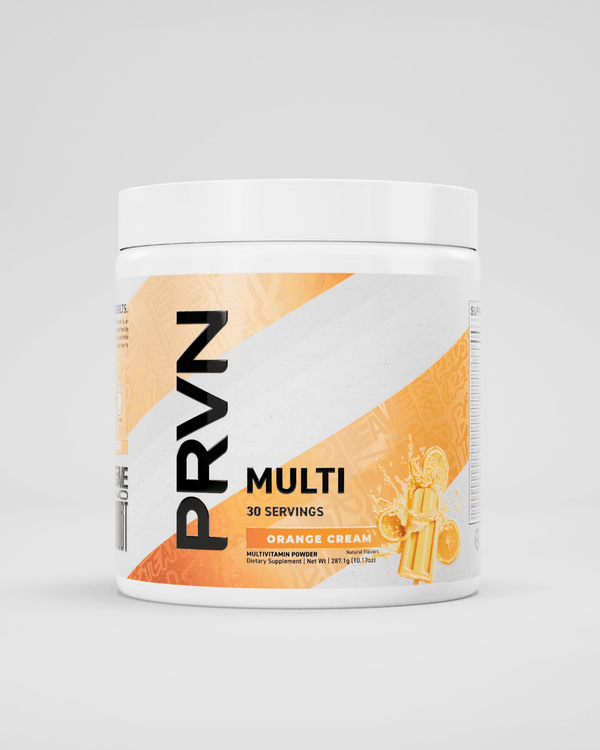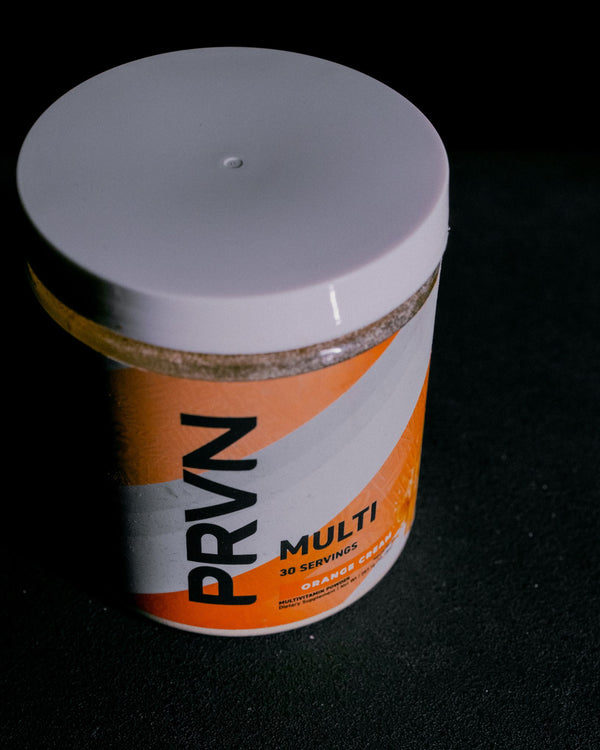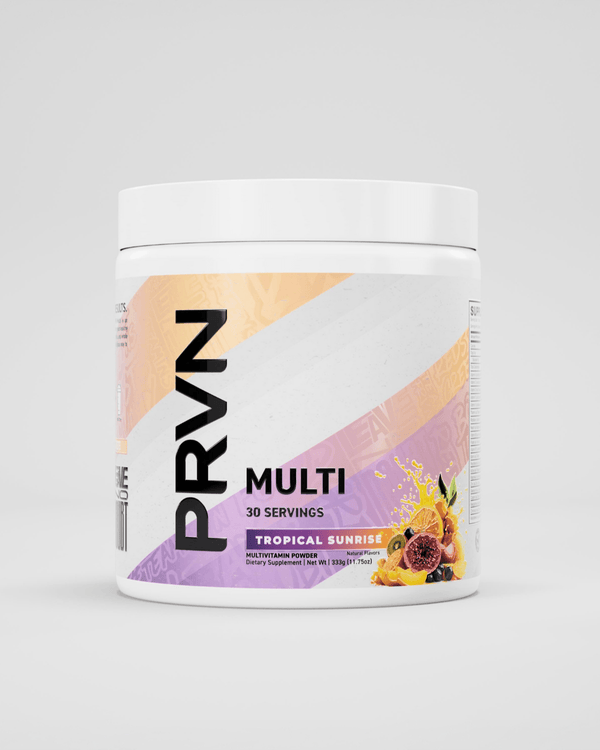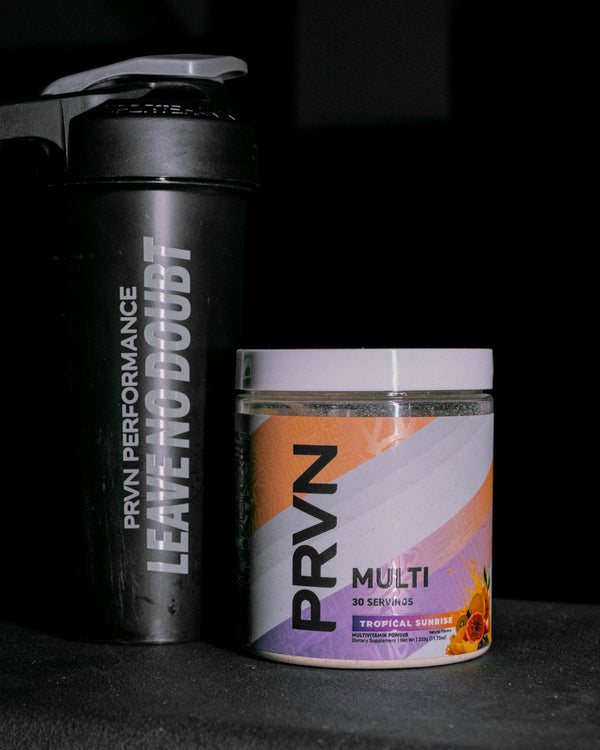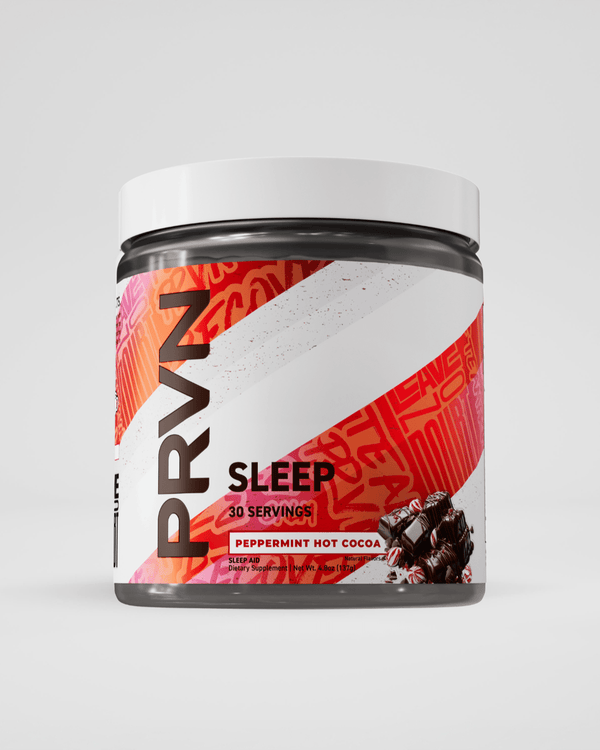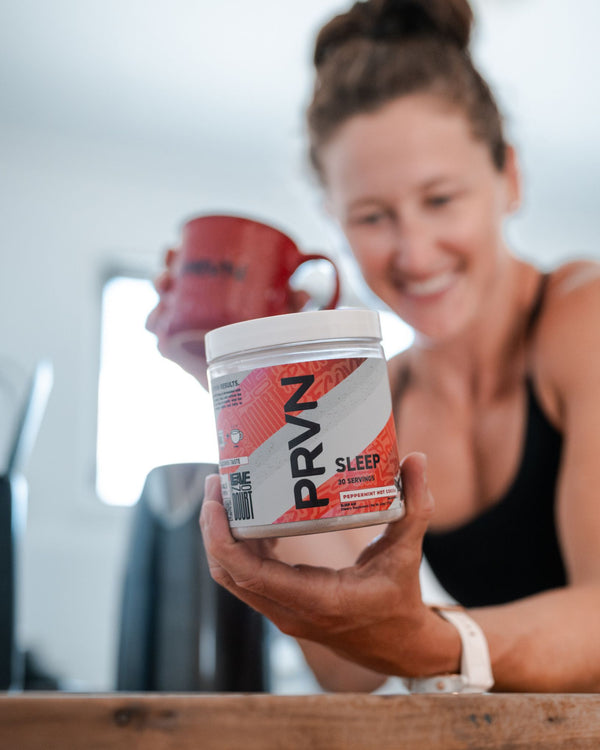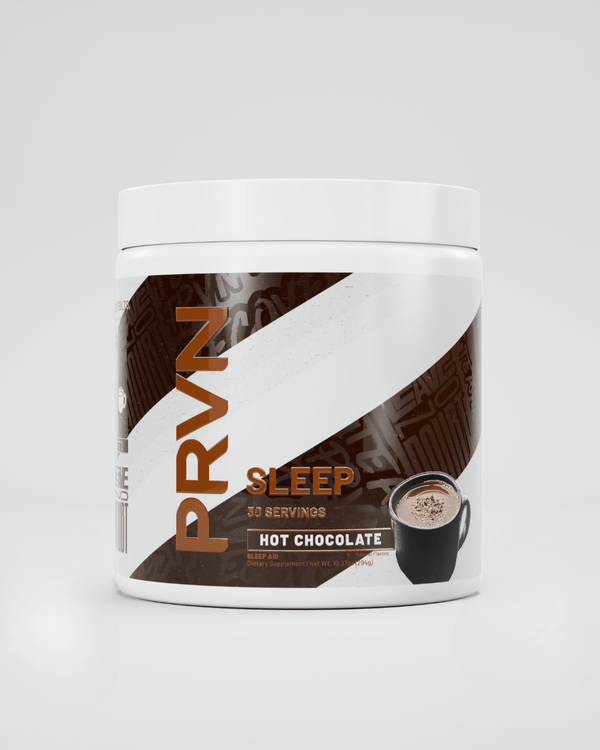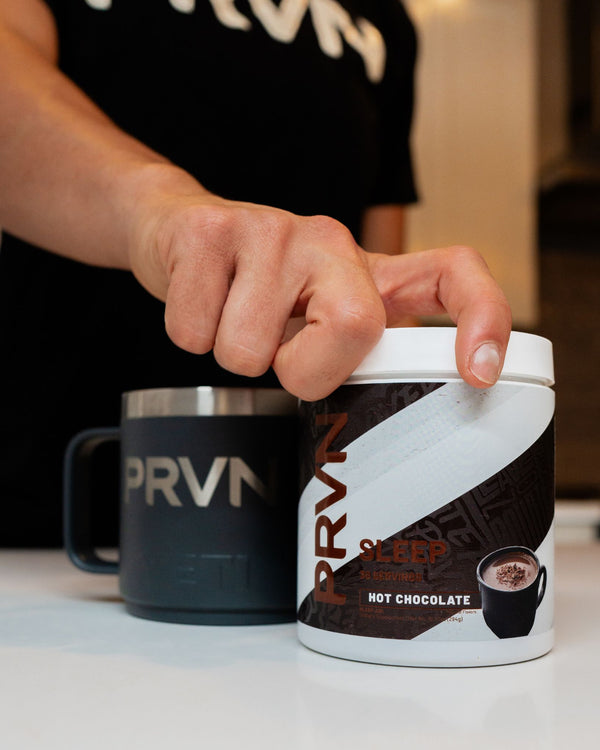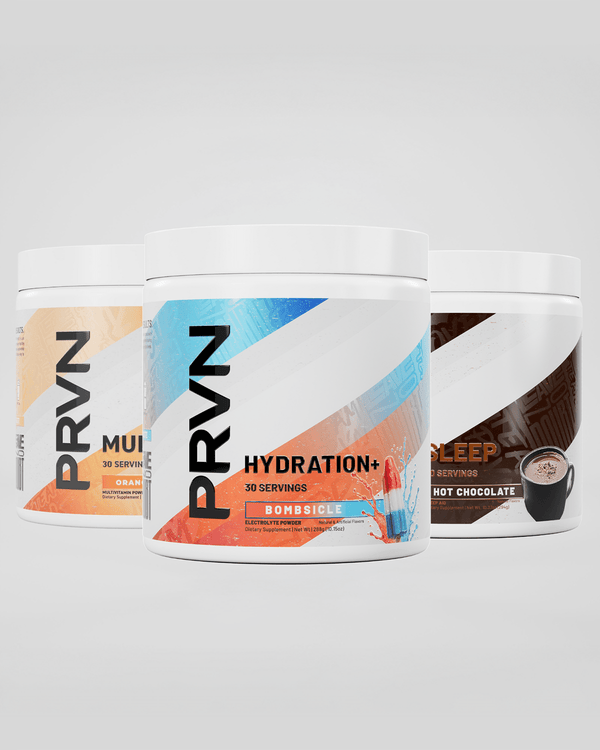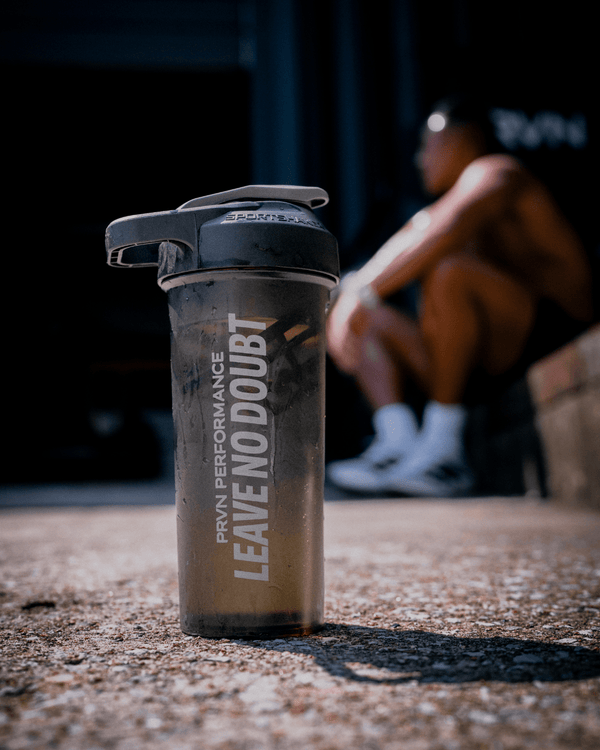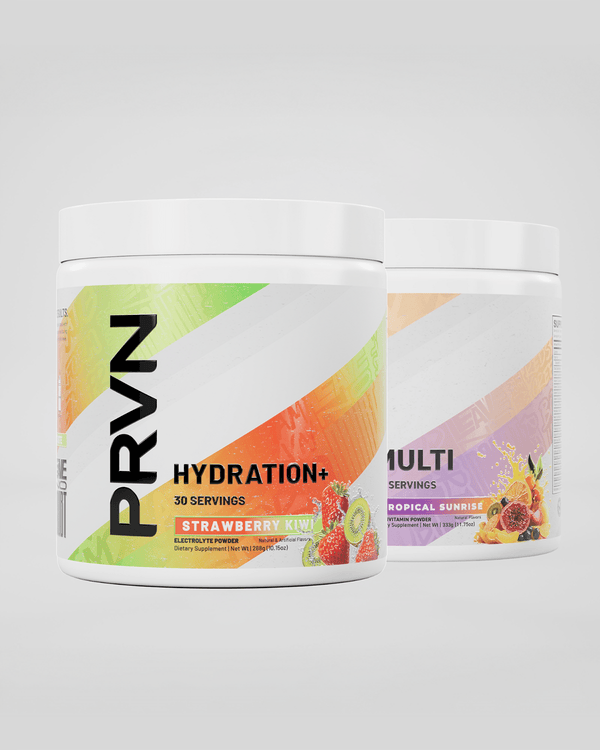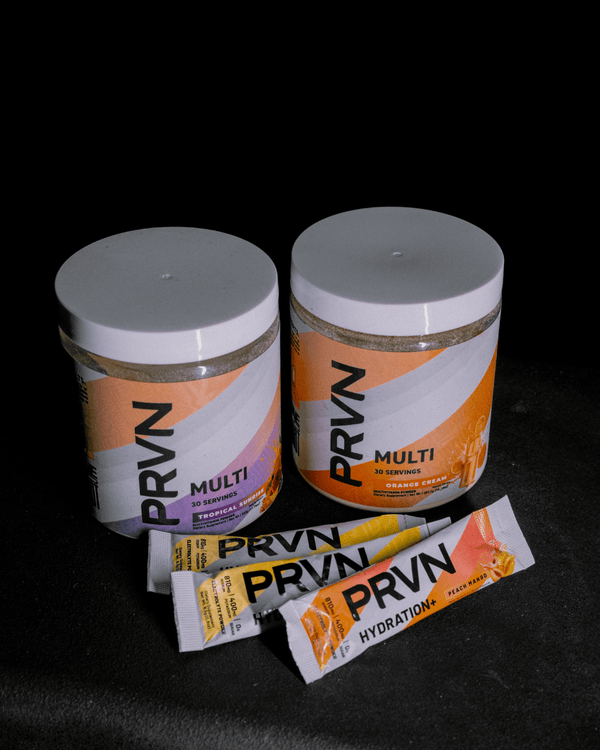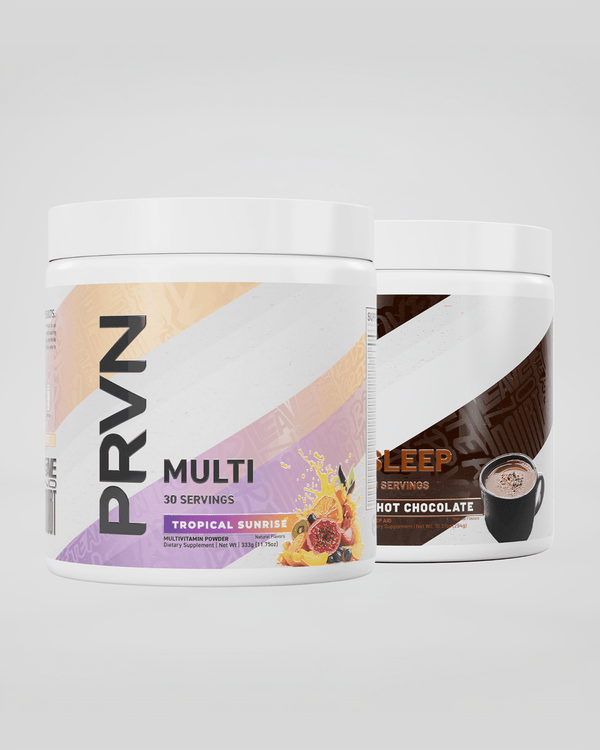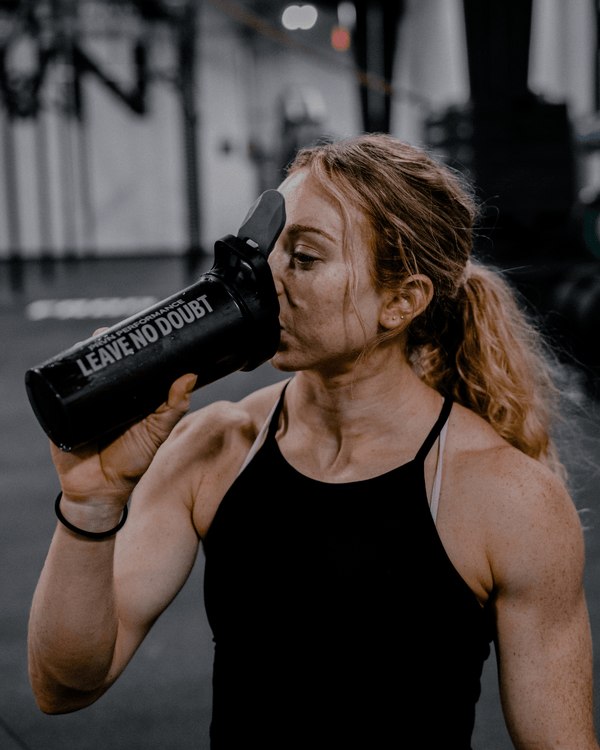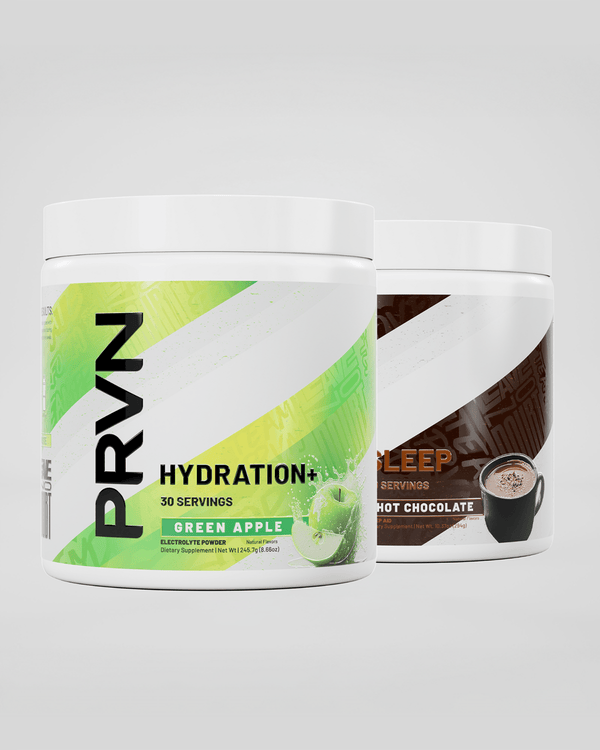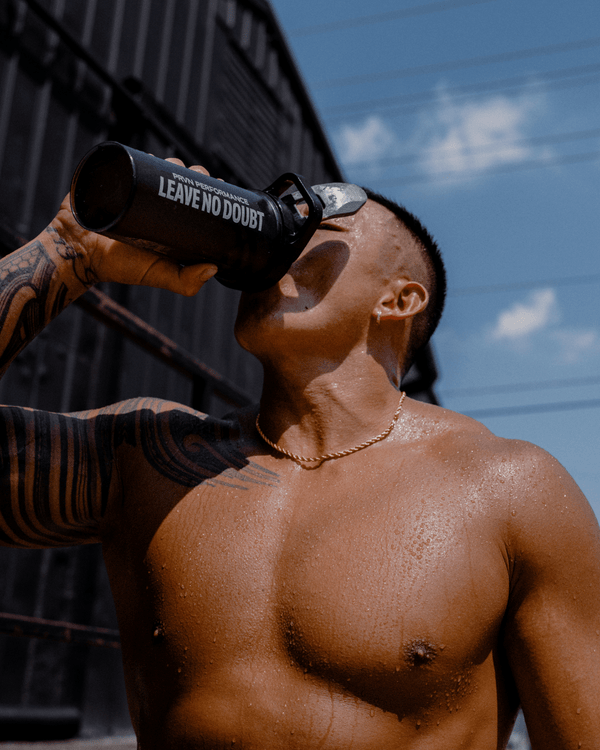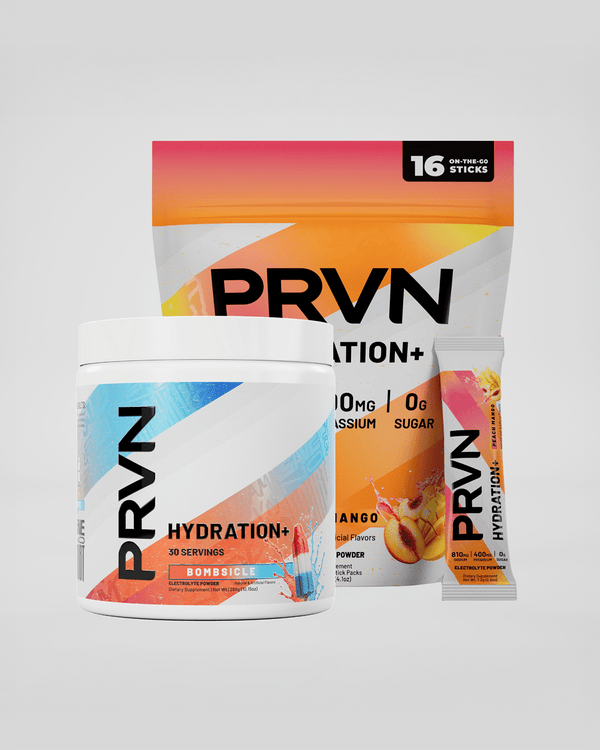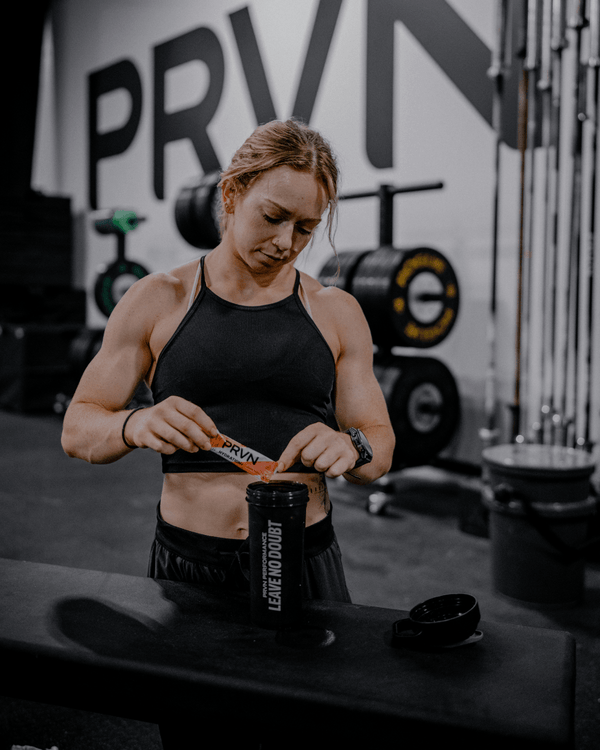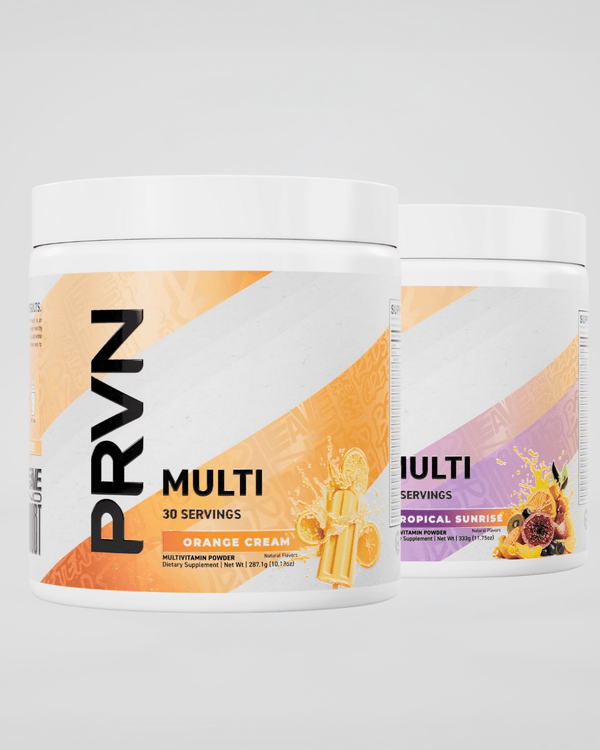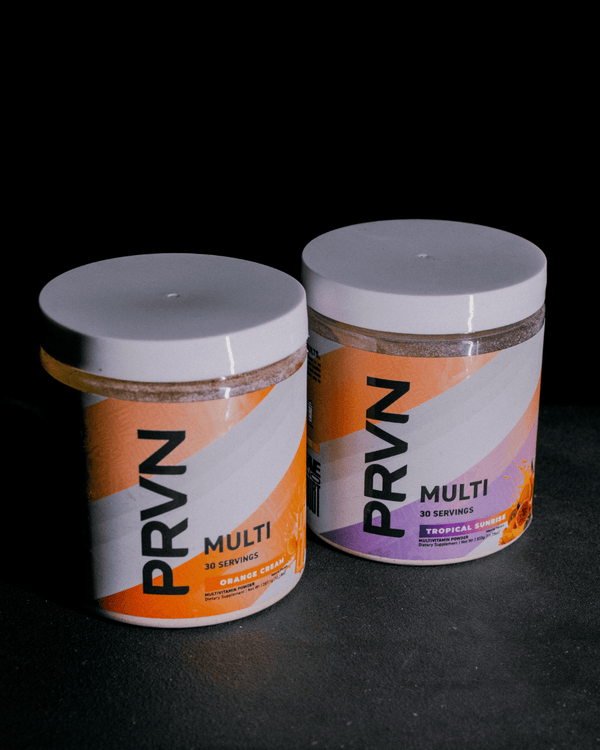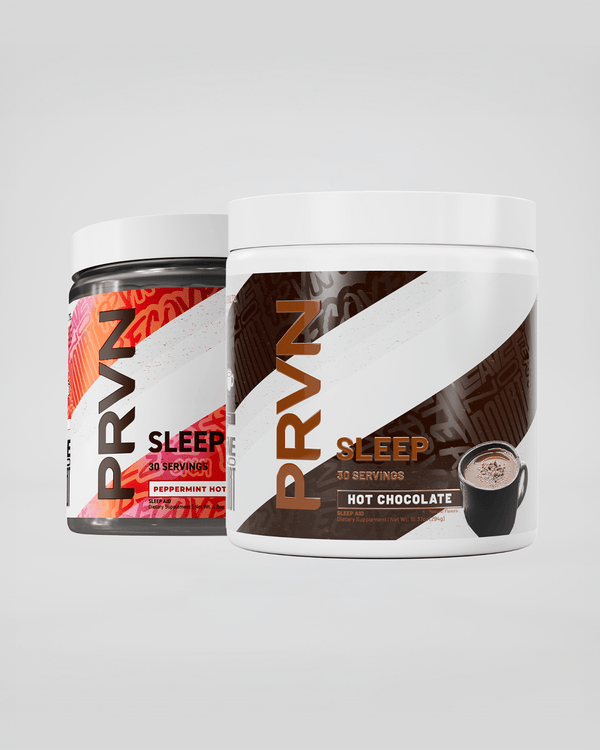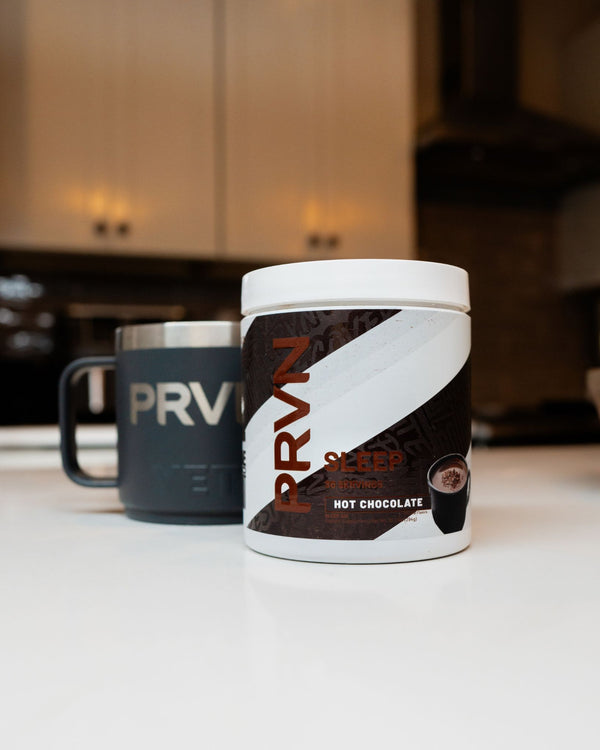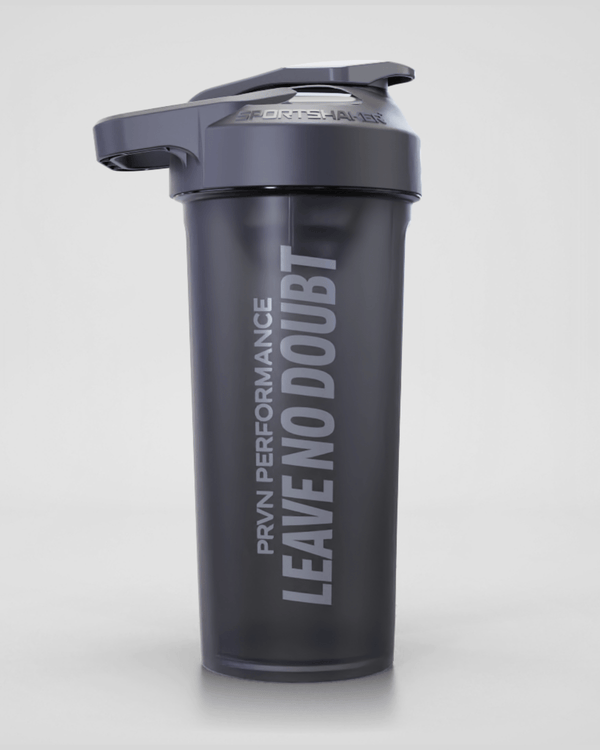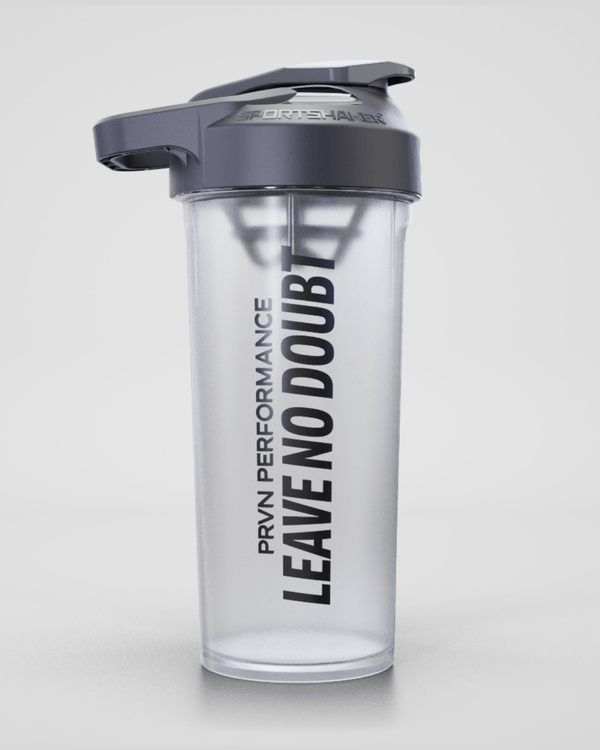CrossFit as a health and wellness program is unmatched. Since its introduction to the world, people have used CrossFit as a way to lose weight, improve mental health, get off of blood pressure medicine, and build healthy lifestyles all over the world. It has arguably been the biggest net positive impact on global health and wellness ever (bold claim, yes I know).
And from this health and wellness program a sport was born. Due to the nature of how CrossFit uses a leaderboard to drive intensity, it was only natural that it would organize into an official sport. Out of this was born the CrossFit Games. Since 2007, a group of individuals has gathered to earn the title of Fittest on Earth. So with this title, in a sport that was born out of health and wellness, they should be the healthiest humans on earth right? Well, not necessarily. Performance and health are not something that will intersect at their highest points, and the week of the rogue Invitational for these athletes highlights a little of what leads to short term high levels of performance, but would be detrimental to the health of the rest of us.
The amount of calories, and food sources where these calories come from, more closely resembles an eleven year olds dream Halloween after trick-or-treating all night. Our athlete’s need carbs, carbs that work fast, and a lot of them in between events. So where a normal day would have a burrito for lunch, we are more likely to see Sour Patch Kids, Snickers bars, and any other assortment of gummy snacks to replenish their glycogen stores. Instead of a glass of water, it’s a lot of Gatorade and Body Armor with some added sodium in there as well. The only true normal meals of the day tend to be breakfast and dinner. And while it may sound fun, if you ask any veteran of these high level competitions, they’ll tell you fueling is an event all in and of itself and shoveling down calories is the least enjoyable part of the week.
The volume of workouts they complete throughout the competition is also irresponsible if someone were to take this on as a regular training plan. The athletes do not get fitter by competing at the Invitational, it’s probably quite the opposite. The amount of rest time needed for their bodies to recover is substantial. Most athletes don’t walk anywhere near a gym for at least a few weeks after to allow the body to recover and get back to neutral.
Lastly, sleep can be tough to come by. When combining the stress of the week with the assault on the body, it’s tough to get a good night's sleep to be well rested each day. With sleep perhaps being the most important thing a person can do to live a healthy lifestyle, no athletes are leaving the Invitational reminiscing on the great nights of sleep they got.
All this is to say that these athletes put their bodies on the line to chase their dreams. And they do it all on a public stage to show us what is possible at the tip of the spear in fitness. So while CrossFit itself is the greatest health and wellness program on the planet, the sport of CrossFit is a whole different thing.

